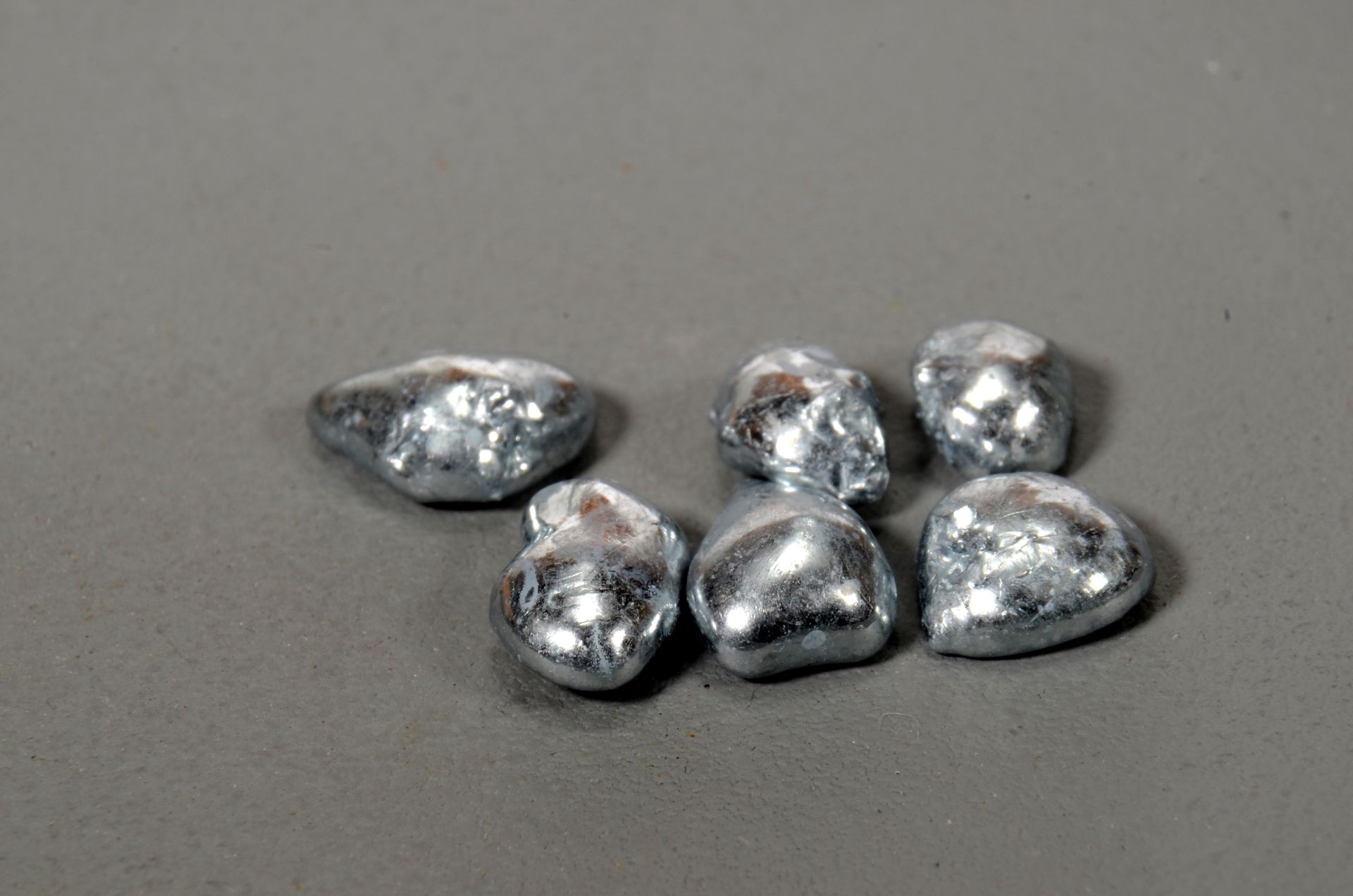From fuses and thermostats to molds and tube bending, you can find low melting point alloys in countless industrial applications and products. Low melting point alloys, also called fusible alloys, are unique in that they’re meltable at relatively low temperatures and have high thermal conductivity. This makes them suitable across a variety of industrial applications and especially in manufacturing processes.
One of the most common uses of low melting point alloys is as solder for attaching chips and semiconductors to circuit boards — hence the name fusible alloy. The alloy melts or turns to a paste, depending on the type of alloy, then quickly hardens again to fuse components together.
Given their salience in manufacturing electronics, the usefulness of low melting point alloys is clear. However, they also have a number of additional applications.
Why Low Melting Point Alloys Are Useful
Fusible alloys are either eutectic or non-eutectic. The metals in a non-eutectic alloy harden at different temperatures when melted, resulting in a kind of paste until each constituent metal solidifies. In contrast, eutectic alloys melt at a temperature lower than the melting point of any of its constituent metals and harden almost immediately.
Eutectic alloys are usually comprised of bismuth, lead, tin, cadmium, indium, and other metals. Collectively, these components produce an alloy that melts at low temperatures and carries unique properties in terms of growth and shrinkage. Eutectic alloys made with indium are especially useful in specialized manufacturing processes and devices, such as:
- Lens blocking for cutting and grinding glass and plastic optics
- Tube bending, where the alloy is melted and placed in tubes to identify imperfections
- Sprinkler systems, where the alloy is used as a fuse that triggers activation once melted
These alloys expand when they harden, which makes them useful for pouring into molds to produce replicas. Due to their low melting point, they can also be used in combination with a much wider variety of materials, including glass, quartz, and ceramic.
Belmont’s Eutectic Alloys
Belmont produces two eutectic alloys, product codes 2451 and 2491. Both alloys are bismuth-based and contain indium. This means both are easily castable and immediately usable, once hardened. A key feature of Belmont’s eutectic alloys is that they’re easily recast. In pipe bending, for example, the low melting point of a Belmont eutectic alloy enables you to pour the liquid alloy into a pipe, then use a hot water bath to immediately remove and reuse it. This means you can use the alloys again and again.
A Closer Look at Belmont Product Code 2451
Belmont’s product code 2451 is an excellent eutectic alloy in applications where the lowest possible melting point is necessary. Due to its very low melting point, 2451 is often used in the optical industry when manufacturing and grinding plastic or glass lenses and other optical components.
| Composition | • 44.7% Bi
• 5.3% Cd • 22.6% Pb • 9.1% In • 8.3% Sn |
| Technical Information | • Solidus melting point of 117°F, 47°C
• Liquidus melting point of 117°F, 47°C • Yield temperature of 117°F, 47°C • Weight of 0.32 lbs/cu. in. |
| Forms | • 2.0 lb weight cakes |
In lens blocking, eutectic alloys are used as blanks that are attached to blocks for grinding the proper prescription into lenses made of plastic or glass. Thanks to its unique properties and low melting point, product 2451 conforms to any lens without distorting the plastic or glass. It can further be reformed and used repeatedly.
A Closer Look at Belmont Product Code 2491
Similar in composition to product 2451, product 2491 works in many of the same applications. Still, there are a few key differences that include a higher melting point and a lack of cadmium in its composition.
| Composition | • 49% Bi
• 18% Pb • 21% In • 12% Sn |
| Technical Information | • Solidus melting point of 136°F, 58°C
• Liquidus melting point of 136°F, 58°C • Yield temperature of 136°F, 58°C • Weight of 0.31 lbs/cu. in. |
| Forms | • 2.0 lb weight cakes
• 1/8 in. diameter solid wire • Capping bars |
Cadmium is a highly toxic metal that isn’t practical for every application. In manufacturing or production processes that involve repeated handling, 2491 is a suitable alternative to 2451. Given a higher melting point and lack of toxicity, it’s a favorite in casting applications, such as proof casting and art casting.
Low Melting Point Alloys for Every Application
Low melting point alloys, particularly eutectic alloys containing indium, are incredibly versatile and can be applied in a variety of industrial and manufacturer processes across countless industries. From art to aerospace, there’s no limit to the possibilities implicated by eutectic alloys.
In the business of high-quality alloys since 1896, Belmont provides a wide range of low melting point alloys for every possible application. Not sure if product 2451 or 2491 is right for your needs? Get in touch, and we’ll work with you to find the appropriate alloy and form for what you aim to achieve.

